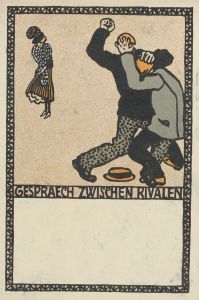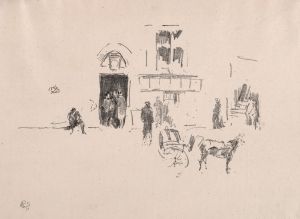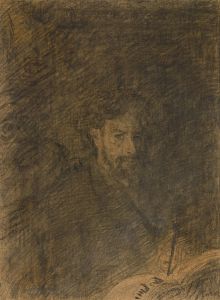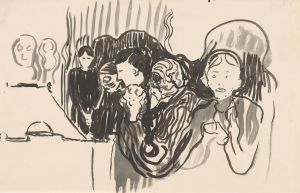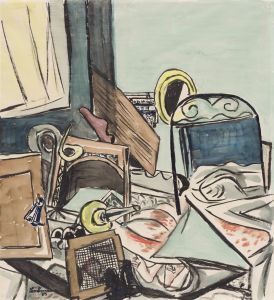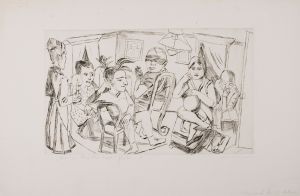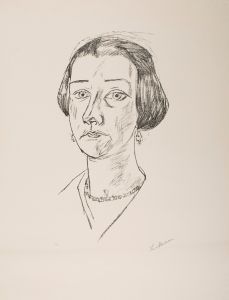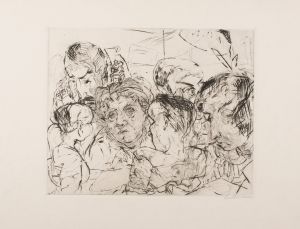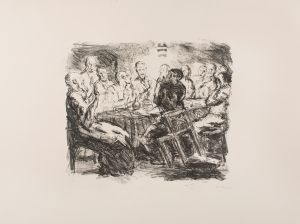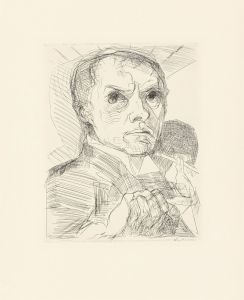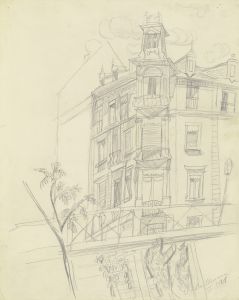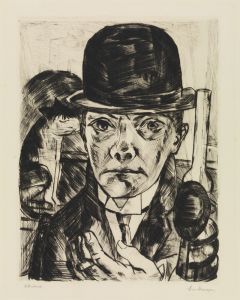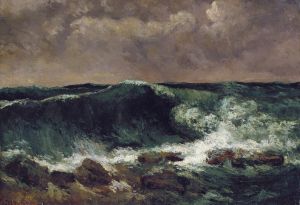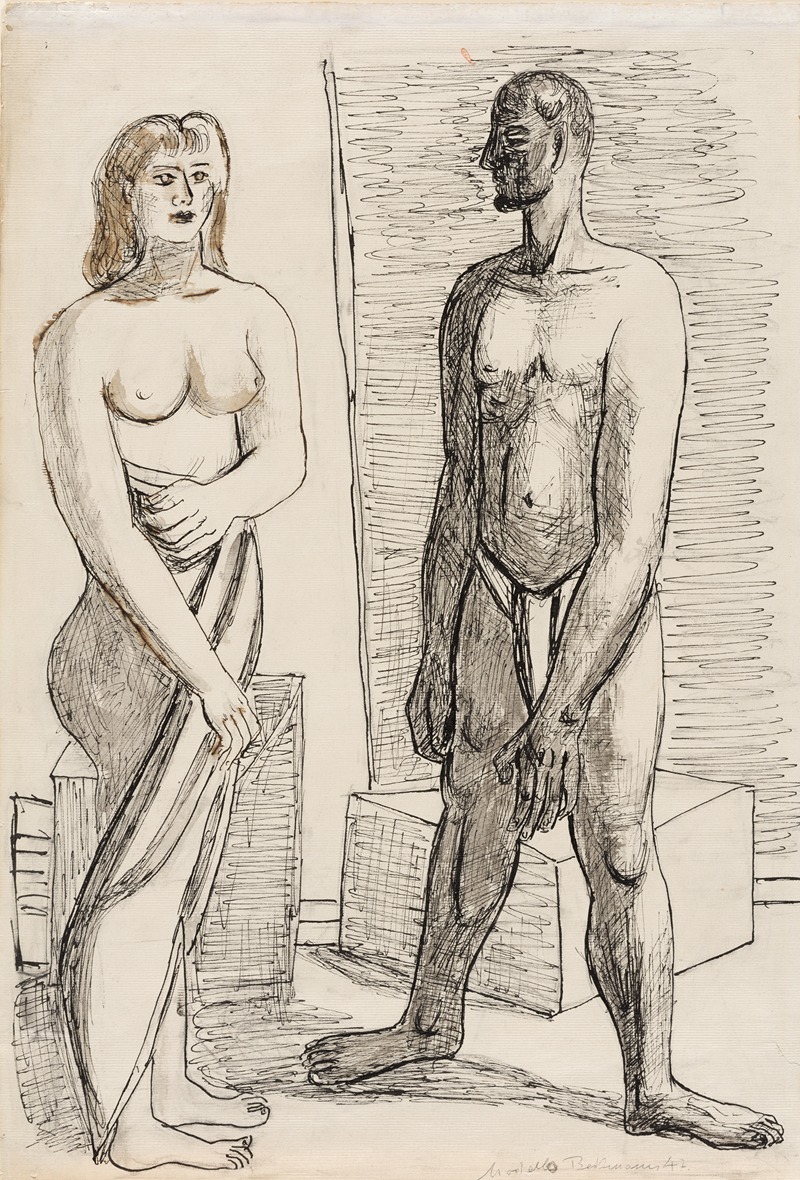
Modelle
A hand-painted replica of Max Beckmann’s masterpiece Modelle, meticulously crafted by professional artists to capture the true essence of the original. Each piece is created with museum-quality canvas and rare mineral pigments, carefully painted by experienced artists with delicate brushstrokes and rich, layered colors to perfectly recreate the texture of the original artwork. Unlike machine-printed reproductions, this hand-painted version brings the painting to life, infused with the artist’s emotions and skill in every stroke. Whether for personal collection or home decoration, it instantly elevates the artistic atmosphere of any space.
Max Beckmann's "Modelle" is a significant work within the oeuvre of the German painter, who is renowned for his contributions to the Expressionist movement. Painted in 1928, "Modelle" exemplifies Beckmann's distinctive style, characterized by bold colors, strong outlines, and complex compositions that often explore themes of human existence, society, and the self.
Max Beckmann was born in Leipzig, Germany, in 1884 and became one of the leading figures in the Expressionist movement, although he himself rejected the label. His work is often associated with the New Objectivity (Neue Sachlichkeit), a movement that emerged in Germany in the 1920s as a reaction against the emotional intensity of Expressionism. Beckmann's paintings are known for their psychological depth and often depict scenes of urban life, mythology, and allegory.
"Modelle" is a compelling example of Beckmann's mature style. The painting features a group of figures, presumably models, arranged in a complex, multi-layered composition. Beckmann's use of space and perspective is notable, as he often employed a compressed, almost claustrophobic pictorial space that draws the viewer into the scene. The figures in "Modelle" are rendered with Beckmann's characteristic bold outlines and vibrant colors, creating a sense of immediacy and intensity.
The painting reflects Beckmann's interest in the human condition and the roles individuals play within society. The models in the painting can be seen as a metaphor for the various personas people adopt, both in their personal lives and in the broader social context. This theme of identity and role-playing is a recurring motif in Beckmann's work, as he often explored the tension between the individual's inner self and their outward appearance.
Beckmann's work during this period was also influenced by the social and political climate of Weimar Germany. The 1920s were a time of significant upheaval and change, and Beckmann's paintings often reflect the uncertainty and complexity of this era. "Modelle" can be seen as a commentary on the fragmented nature of modern life, as well as an exploration of the artist's own identity and place within society.
Throughout his career, Beckmann was deeply concerned with the role of the artist and the nature of art itself. He saw art as a means of exploring and understanding the human experience, and his paintings often grapple with existential themes. In "Modelle," as in many of his works, Beckmann invites the viewer to engage with these themes and to consider the ways in which art can illuminate the complexities of life.
Max Beckmann's "Modelle" remains an important work in the history of modern art, reflecting both the personal vision of the artist and the broader cultural and social currents of his time. The painting is housed in the collection of the Museum of Modern Art in New York, where it continues to be studied and appreciated by art historians and enthusiasts alike.





